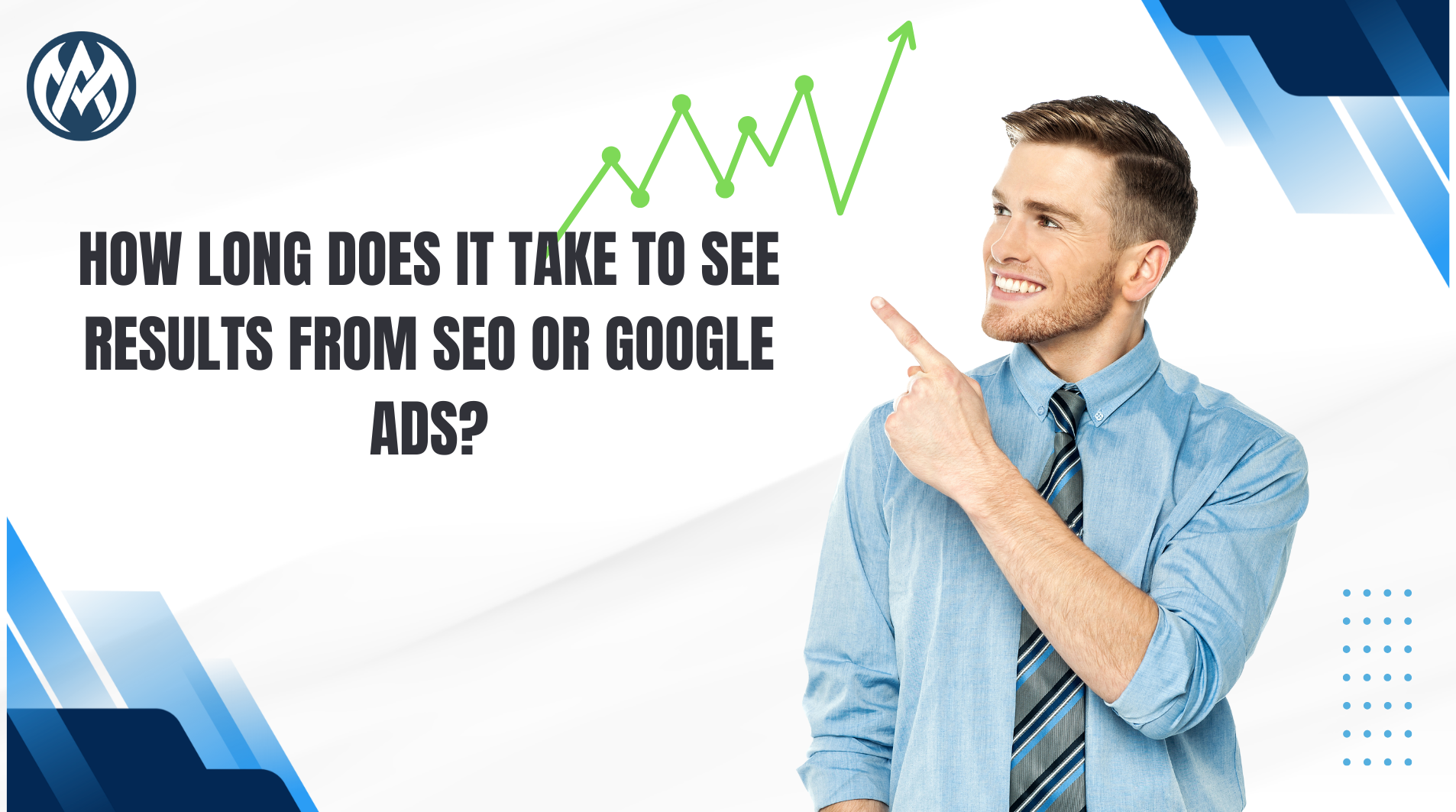If you are running a business and spending money on online ads, one of the most important things you can do is target the right audience.
Reaching the right people means more engagement, more sales, and better results without wasting your budget.
In this blog post, we’ll walk you through simple but powerful ways to target your ideal audience with online advertising.
Whether you’re new to digital ads or looking to improve your current strategy, this guide will help you make smarter decisions.
1: Understand Who Your Ideal Customer Is
Before you launch any ad, you need to know who you’re talking to. Ask yourself:
- Who buys my products or services?
- What is their age, gender, and location?
- What problems do they want to solve?
- What are their interests or hobbies?
You can also look at your current customers and find common traits. Creating a buyer persona (a detailed profile of your ideal customer) helps you create ads that speak directly to the right people.
2: Use the Right Platform
Different platforms attract different types of people. Here’s a simple breakdown:
- Facebook & Instagram: Great for reaching people based on interests, behaviors, and demographics. Ideal for B2C.
- LinkedIn: Best for professional targeting, like job titles, industries, and B2B marketing.
- Google Ads: Helps you reach people searching for specific things. Great for high-intent leads.
- YouTube: Good for visual ads that educate or entertain.
Choosing the right platform helps you connect with the audience that cares about your offer.
3: Use Audience Targeting Features
Online ad platforms offer powerful tools to help you target the right people. Here are a few you should explore:
A: Demographics
Target by age, gender, income, education, and more. This helps you narrow down to people who match your ideal customer profile.
B: Interests & Behaviors
Platforms like Facebook let you target users based on what they like, what pages they follow, or how they behave online.
C: Location
You can show your ads in specific cities, regions, or even a certain radius around a location. This is perfect for local businesses.
D: Custom Audiences
Upload your customer email list and show ads to those people on social platforms.
E: Lookalike Audiences
Find new people who are similar to your best customers. These are highly effective for expanding your reach.
4: Use Keywords (Especially in Google Ads)
If you’re using Google Ads or YouTube, keyword targeting is key. Research what people type when looking for your service. Use tools like:
- Google Keyword Planner
- Ubersuggest
- SEMrush (if you want a pro tool)
Choose keywords that match the intent of your ideal customer. For example:
- “Buy running shoes online” (ready to purchase)
- “Best running shoes for beginners” (research stage)
5: Test Different Audiences (A/B Testing)
Don’t guess—test.
Try different audience segments with small ad budgets and track the results. For example:
- Run one ad to women aged 25-35 interested in fitness.
- Run another ad to men aged 30-45 interested in outdoor sports.
See which one performs better, and then invest more in the winning audience. This process is called A/B testing, and it helps improve your return on ad spend.
6: Use Retargeting (Remarketing)
Most people don’t buy the first time they see an ad. With retargeting, you can show ads to:
- Website visitors who didn’t buy
- People who added items to the cart but didn’t check out
- People who watched your video but didn’t take action
These are warm leads and more likely to convert. Platforms like Facebook Pixel and Google Ads Tag help with this.
7: Track and Analyze Your Results
Always keep an eye on your ad performance. Use tools like:
- Facebook Ads Manager
- Google Ads Dashboard
- Google Analytics
Check key metrics like:
- Click-through rate (CTR)
- Conversion rate
- Cost per click (CPC)
- Return on Ad Spend (ROAS)
This helps you understand what’s working and what’s not, so you can make better decisions.
8: Keep Improving
The world of online ads keeps changing. What works today might not work tomorrow. Keep testing new audiences, ad formats, and platforms. Learn from your data, and never stop improving.
Conclusion
Targeting the right audience with online ads is not about luck. It’s about understanding your ideal customer, choosing the right platform, using smart targeting tools, and constantly testing and refining your strategy.
At Meta Minds, we help businesses like yours run smarter ad campaigns that reach the right people. If you need help growing your business with digital advertising, feel free to reach out — we’re here to help.



